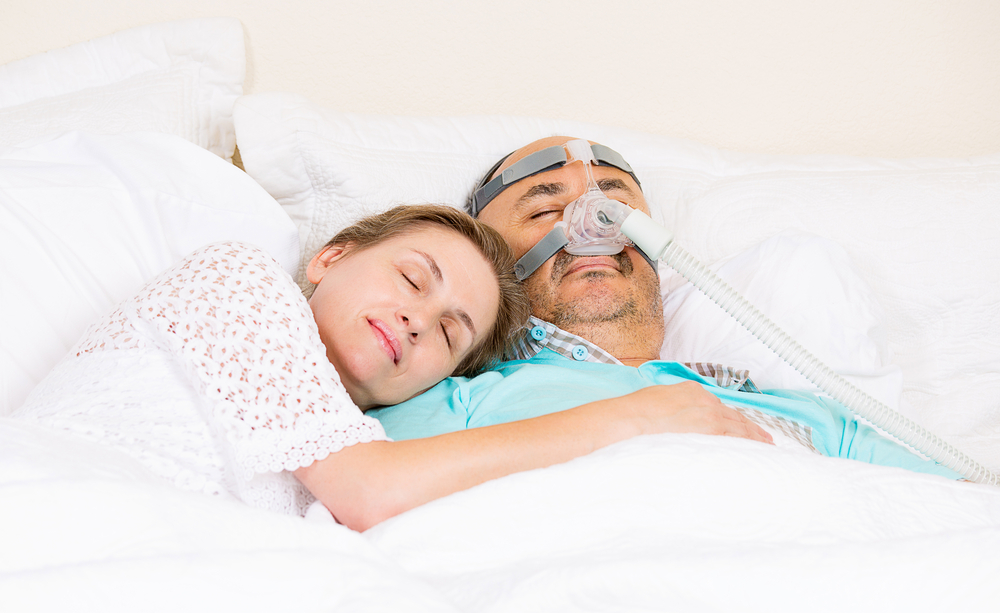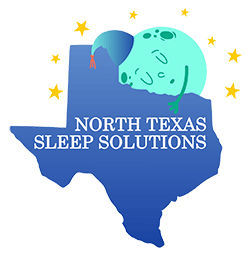

Clearing Up The Confusion About Sleep Apnea
Many people assume sleep apnea only consists of loud snoring or occasionally stopping breathing while sleeping. However, living with sleep apnea extends far beyond the bedroom and has wide-ranging impacts on health and quality of life.
There are several major public misconceptions surrounding this chronic condition that lead to those affected feeling dismissed, misunderstood, or embarrassed. But, with education and treatment, Dr. Rebecca Lauck of North Texas Sleep Solutions looks to clarify some common myths about sleep apnea.
Who Sleep Apnea Impacts
A common myth is that sleep apnea only occurs in older, overweight individuals. While weight can increase the risk for some types of sleep apnea, it’s not the only risk factor. Sleep apnea can develop at any age and affects people across all weight ranges and genders.
Sleep Apnea Occurs at All Ages
Babies can be born with physical conditions that obstruct breathing during sleep. Children and teenagers can also develop sleep apnea for anatomical reasons as their mouths and throats grow. Hormonal shifts in women entering menopause can trigger the onset of sleep-disordered breathing. Sleep apnea can occur across the entire lifespan.
Sleep Apnea Impacts People of All Weights
While obesity raises the risks of developing sleep apnea, the condition also occurs in people at a healthy weight with a slim build. Factors like the structure of facial bones, muscle tone, and fat distribution play a role. Painting sleep apnea as a weight issue alone increases stigma, delays diagnosis, and limits treatment options discussed.
Sleep Apnea Affects Both Genders
Historically, sleep apnea was viewed as a disorder primarily impacting men. However, research shows women face comparable risks for developing sleep apnea, along with unique symptoms. Spreading awareness about how sleep apnea manifests differently across genders enables better identification and care.
Treatment Options Beyond CPAP
Another common myth is that managing sleep apnea requires getting a CPAP machine. While CPAP is an excellent solution for some patients, there are many other effective treatment options.
Oral Appliances
Custom-made oral appliances that resemble mouthguards can help prevent the airway from collapsing during sleep. These may suit patients who cannot tolerate pressurized air from CPAP.
Surgery
Procedures like uvulopalatopharyngoplasty, maxillomandibular advancement, or implanting pacemakers in the hypoglossal nerve have proven benefits for select candidates. These help create more space in the airway.
Positional Therapy
Since sleep apnea episodes often occur only when lying flat, simply having patients sleep propped on their side can offer symptom relief. Positional therapy is low-cost, non-invasive, and avoids equipment.
In reality, effective treatment requires personalization under a sleep specialist’s guidance based on each patient’s specific physiology and preferences. There are more options than just CPAP.
Broader Health Impacts
Many people believe the main consequence of sleep apnea is feeling tired or sleepy during the daytime. While disrupted and inefficient sleep certainly does cause extreme fatigue, sleep apnea also negatively impacts mood, cognitive function, cardiovascular health, and metabolism.
Mood Disorders
New research reveals that sleep apnea triggers inflammation in the brain, which elevates risks for anxiety, depression, and other psychological distress. Seeking mental health treatment is essential, given these mood complications.
Cognitive Impairment
Frequent oxygen desaturations during sleep deprive the brain of needed energy, leading to memory loss, lack of focus, and slowed information processing. Patients often share frustrations with concentration, which improves once sleep apnea has been addressed.
Heart Disease
The sudden shifts in blood oxygen levels, heart rate, and blood pressure during sleep apnea episodes promote arterial damage and strain the cardiovascular system over time. Managing sleep apnea is cardioprotective.
Metabolic Imbalances
Studies show that intermittent hypoxia and fragmented sleep patterns in sleep apnea disrupt glycemic control and worsen insulin resistance. These metabolic effects raise risks for obesity, glucose intolerance, and type 2 diabetes.
Beyond leaving people feeling tired, untreated sleep apnea promotes mood disorders, cognitive problems, heart disease, and metabolic abnormalities — all detracting substantially from health and quality of life.
The Need for Compassion
Finally, a major issue faced by those living with sleep apnea is receiving comments that minimize the true hardship involved or place blame on the patient. Hearing “just lose weight” or “try sleeping on your side” dismisses the frightening physical and emotional symptoms those with sleep apnea endure every night.
Living with sleep apnea can feel exhausting, isolating, and frustrating. Simply offering compassion and support is needed rather than advice or judgment.
Understanding & Treating Sleep Apnea
Although there are many public misconceptions about sleep apnea, finding treatment options and getting a better night’s rest begins with a quick appointment with a local sleep specialist. Your health and well-being depend on restorative sleep, so don’t wait. Contact North Texas Sleep Solutions to find the best treatment option for your symptoms and beat the stigma!
